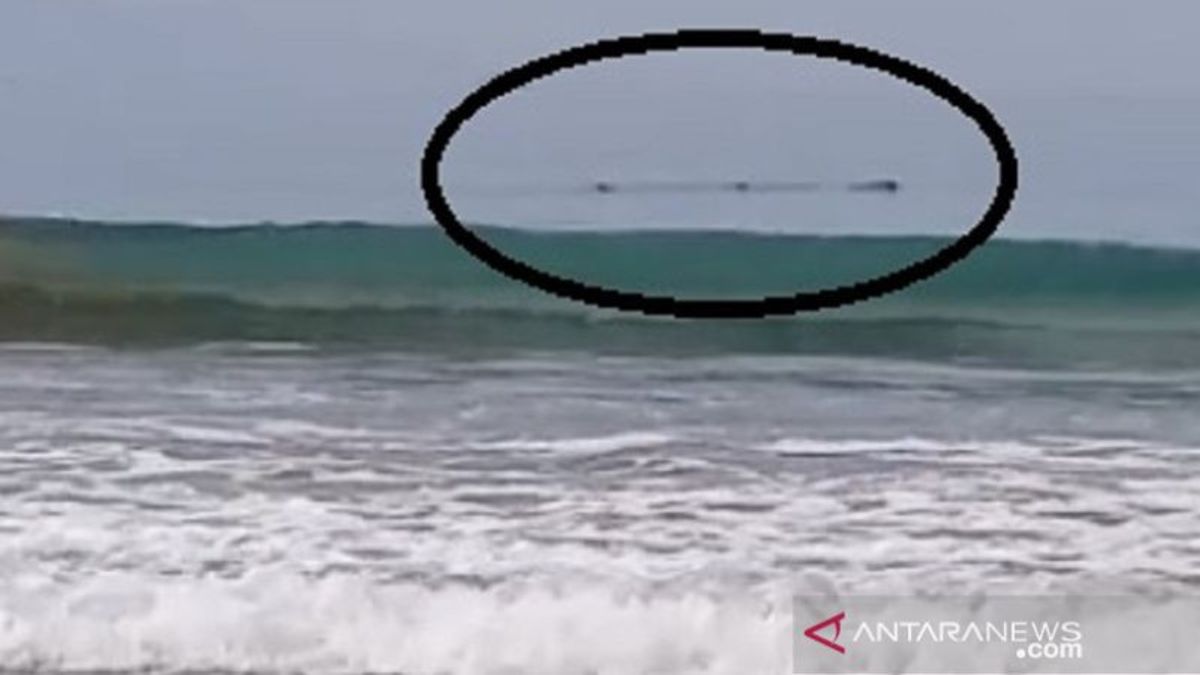JAKARTA – The signs of a natural disaster are usually felt by the animals first. This was also seen before the Banten Earthquake. A few hours before the earthquake with a magnitude of 6.7 which was centered at the Banten Sumur, the Geger Lintang or better known as the Whale Shark or the Bentang Shark appeared.
These fish are swimming close to the lips of Citepus Beach, Sukabumi Regency, West Java, Friday. This is a very rare event.
"The whale shark actually swam close to the lips of Citepus Beach, Citepus Village, Pelabuhan Ratu District. It appeared around 10:00 western Indonesia time and several tourists took pictures and recorded it with their cellphones and I happened to be at the location too," said the Tirta Tourism Rescue Agency (Balawista) official, Asep Saepulloh or Asep Edom told reporters in Sukabumi, Friday.
According to Asep Edom, residents in Pelabuhan Ratu call this Geger Lintang as the Bentang Shark, even though it is large but does not attack humans. It is possible that the Bentang Shark approached the shoreline because it was eating small fish or plankton.
However, he did not want to link the emergence of Geger Lintang with the earthquake which was centered in Sumur District, Pandeglang Regency, Banten at 16.05 western Indonesia time.
He considered the emergence of a shark with the scientific name Rhincodon typus looking for food. But it must be admitted that the Bentang Shark very rarely crosses Citepus Beach and its surroundings, let alone close to the shoreline.
SEE ALSO:
"I don't understand the relationship between the appearance of the Bentang Shark and the earthquake and I think the shark was eating, which probably has a lot of food sources around the lips of Citepus Beach," Asep said as quoted by Antara.
Asep Edom said that when the Bentang Shark came to the surface, the beach was empty of visitors and only a few tourists were seen. But he still gave the advice to stay away from the beach and not to approach this endangered animal.
Although it does not prey on or attack people, it is still dangerous because a flick of its large tail and fins can injure humans. Its appearance was not long but it remains an attraction for tourists, therefore, he appealed to tourists not to be reckless or curious to approach it.
The English, Chinese, Japanese, Arabic, and French versions are automatically generated by the AI. So there may still be inaccuracies in translating, please always see Indonesian as our main language. (system supported by DigitalSiber.id)

















